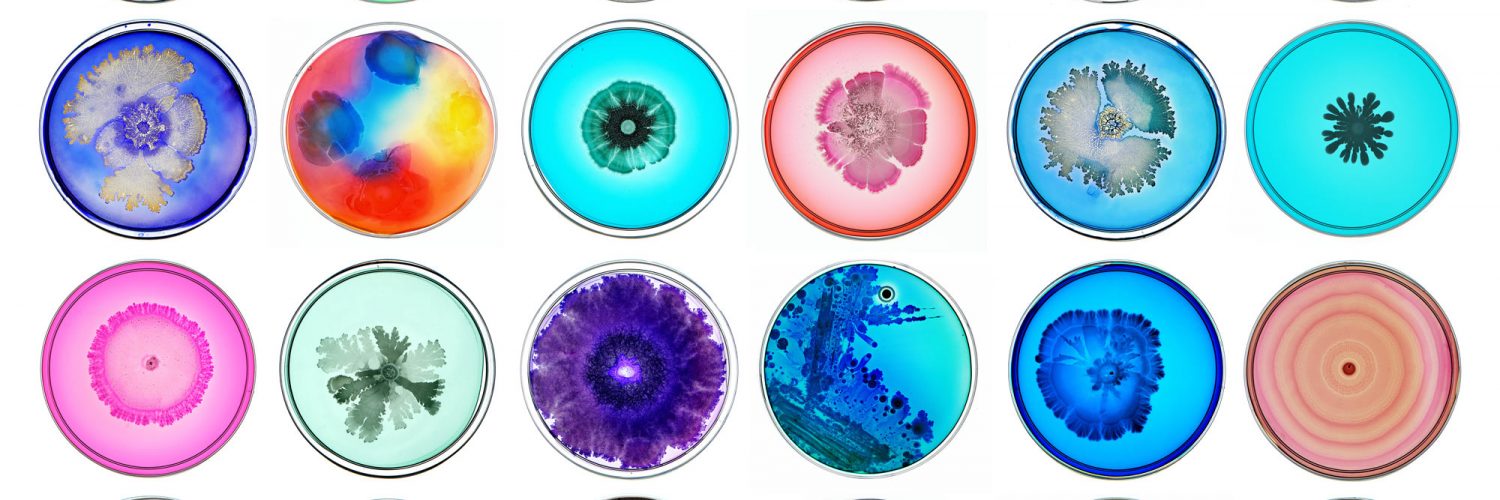Engineered Bacteria Produce a Rainbow of Colors
Researchers have modified a common bacterium to spit out an entire rainbow of dyes for food, clothing, cosmetics, and more. The proof-of-concept research also detailed the natural production of two colors—green and navy blue—for the first time.
研究人员对一种常见的细菌进行了改造,使其能够为食物、衣服、化妆品等提供各种各样的染料。概念验证研究还首次详细介绍了绿色和海军蓝两种颜色的自然生产。
Some dyes can be produced naturally from plants. Indigo, for example, is extracted from leaves of species in the genus Indigofera. But the task is labor-intensive, with variable results. Synthetic alternatives can involve toxic precursors and by-products, sometimes released as pollutants. And consumers are willing to pay more for natural colorants, says Sang Yup Lee, a chemical and biomolecular engineer at the Korea Advanced Institute of Science and Technology. So he and his colleagues set out to engineer Escherichia coli to make seven natural hues.
有些染料可以从植物中自然生产。例如,靛蓝是从靛蓝属植物的叶子中提取的。但这项任务是劳动密集型的,结果是可变的。合成替代品可能涉及有毒的前体和副产品,有时会以污染物的形式释放出来。韩国科学技术高级研究院(Korea Advanced Institute of Science And Technology)的化学和生物分子工程师李相烨(Sang Yup Lee)说,消费者愿意为天然着色剂花更多的钱。因此,他和他的同事着手改造大肠杆菌,使其产生七种自然颜色。
The researchers not only had to tweak the microbes by adding specific genes to produce the dyes, they also had to help the bacteria push the colors out into the world. Because the involved dyes are hydrophobic (water-repellent), they typically cannot pass through bacterial cell membranes; they would instead accumulate inside the cell and ultimately kill it. Synthetic biology researchers seeking to produce self-sustaining “cell factories” for chemicals have long been stymied by this problem.
研究人员不仅要通过添加特定的基因来调整微生物来生产染料,他们还必须帮助细菌将颜色推向世界。因为所涉及的染料是疏水的(或防水的),它们通常不能通过细菌细胞膜;相反,它们会在细胞内积聚并最终杀死细胞。合成生物学研究人员试图为化学物质生产自给的“细胞工厂”,长期以来一直受到这个问题的阻碍。
Read more at Scientific American
Scientific American将为您提供更多信息。











